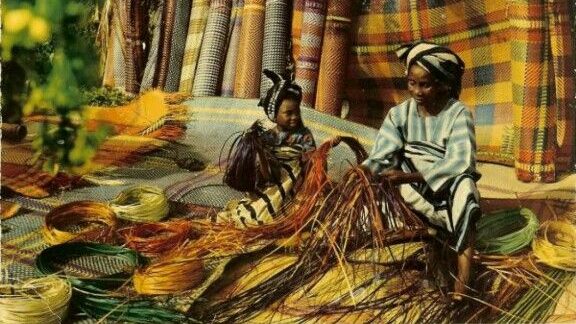Culture
Kano Traditional Craftsmanship Thrives as a Proud Cultural, Economic Heritage

 Business2 years ago
Business2 years agoOoni of Ife Discusses Business and Peace Initiative in Kenya

 Events3 years ago
Events3 years agoGlamour, glitz as B’obagunwa Omo’ba Obinrin Akile Ijebu celebrates New Year party (Photos)

 Culture3 years ago
Culture3 years agoOutrage as Ezendigbo of Ibadanland confers chieftaincy title on Olubadan

 Events3 years ago
Events3 years agoOnitoomu of Ito-Omu installs two new chiefs (Video, Photos)

 Culture3 years ago
Culture3 years agoThe Four Igbo Market Days and Their Significance In Omenala ÌGBÒ

 Events1 year ago
Events1 year agoEgbe Bobasete: The New Fashion Sensation Elevates 2024 Ojude Oba Festival (Video, Photos)

 Paranormal3 years ago
Paranormal3 years agoBlack Cat Superstition: Good and Bad Luck Beliefs

 Events2 years ago
Events2 years agoLaminisa I, HRM Oba Dr. Lawal, marks 15years on throne

































